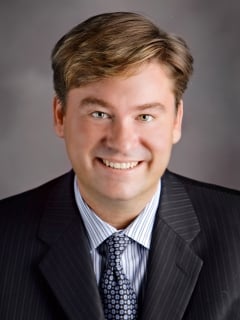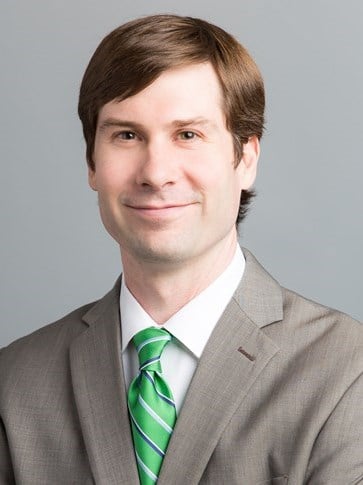
Hotel assets continued to appreciate in 2016, but at a more modest pace due to slowing RevPAR growth and a rise in cap rates. The stock market rally following the election has led to cautious optimism about what 2017 will bring.

Iceland has seen explosive tourism growth since 2010. Summer's midnight sun, Winter's Northern Lights and year-round natural beauty have kept the tourists coming, resulting in strong hotel performance and a booming sharing economy.

Demand from a variety of sources has risen in Chicago, pushing occupancy to a ten-year high in 2015. More than 6,000 new rooms are expected in the market over the next three years, though average rates and hotel values should continue to grow.

Nearly 300 stakeholders in hospitality markets across the Caribbean came together in San Juan for HVS’s 6th annual regional hotel conference. What are the latest revelations for the region’s hospitality industry?

HVS reviews the connections between the development of industrial clusters and the different types of derived real-estate, in six representative High-Tech Zones from China's Tier-1 and Tier-2 cities.

Job growth in the Austin-Round Rock MSA, especially with respect to highly skilled, highly educated positions, ranks among the best in the nation.

In the 5th annual Lodging Tax Report, HVS explores lodging tax trends in the USA. This updated version provides lodging tax rates/collections in all 50 US states and 150 US cities, and estimates the impact of Airbnb on lodging tax collections.

The 2016 Southern Lodging Summit drew a crowd of hoteliers and industry experts to Memphis. While delegates shared optimism about the prospects for growth, the conference shed light on some looming operational challenges facing the region’s hotels.

Asheville’s hotel industry thrives on tourism, though other demand segments have been making headway. A rise in occupancy and average rate over the past several years is expected to continue, driving hotel development in the city’s downtown.

Investment out of mainland China in U.S. hotel real estate has been on the rise for years. What’s driving the trend, and how has it affected hotel markets in the U.S.?